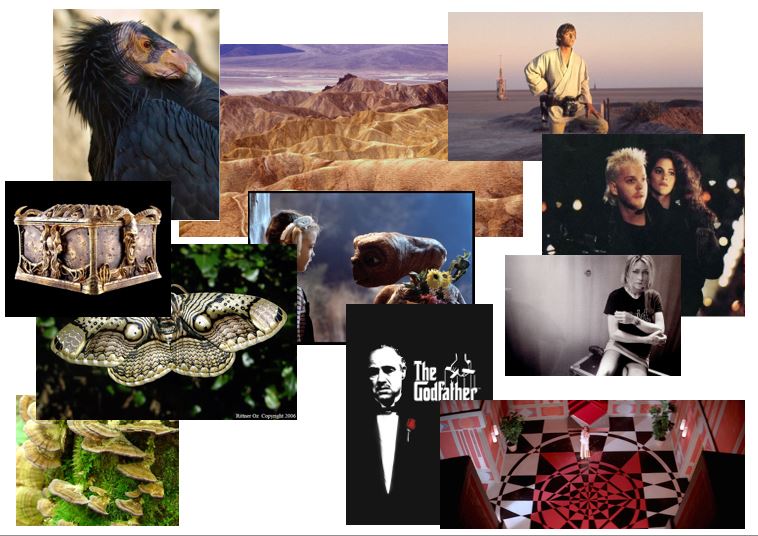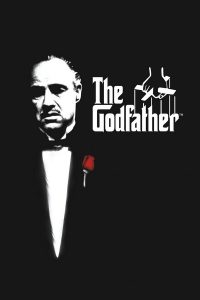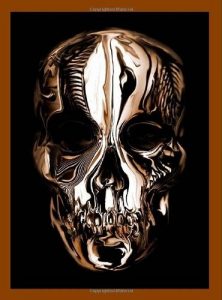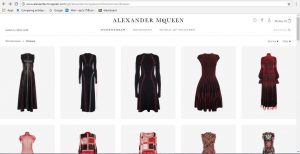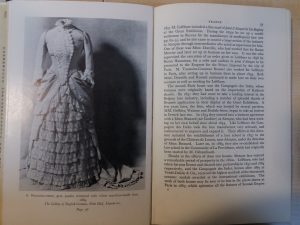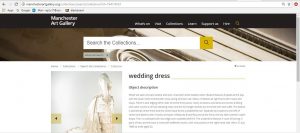Through completing the Research and Communication Skills tasks, I have become more knowledgeable in the academic realms of fashion and design. There were some tasks in the module which I found notably more difficult to write yet these in the end rewarded me with knowledge and a newfound understanding. Particularly tasks 7 and 8 as the text which we were to analyse was written in a style less natural to me. It was helpful to study the text with another person, also use a dictionary to allow me to understand new vocabulary and later respond accordingly.
The most interesting study for me was task 10, learning about ethics, because it was here I realised the affects of advertising on society. For example, the violent ideas conveyed by the Duncan Quinn advert can negatively influence younger generations as well as cause women and men to feel disgusted and demoralized. Knowing this, I am more aware of advertising, paying attention to the message the advert is trying to convey and thinking about the ways this is done. Tasks 1 and 2 felt simple for me to complete and I learnt to select a range of sources related to my study without using the internet. I found this rewarding as a woman who is part of a ‘digital generation’ and although library research seemed like a chore, it sparked creativity and enticed me to explore a variety of interesting books I wouldn’t have otherwise.
A difficulty I had during this module was concerning constructing essays, expressing my thoughts and ideas in a text format was a challenge. Editing my work was necessary and occasionally I would ask someone to proofread my work to check readability and clarity. I have learnt throughout the module some personal skills in writing by noticing how I could improve my written communication.
In task 5, I was required to arrange a mood board of inspirations related to a chosen designer. I found this challenging due to the lack of specific information available on designers websites and instead resorted to finding generalised images on themes mentioned in interviews with the designers (such as ‘moth wings’ inspiring Rodarte’s collection which I found an internet image for). This task was helpful in my understanding of the creative processes of designers and encouraged me to take inspiration from a variety of sources (films, books, poems, music, environments etc) and combine these to form a style and concept unique to me. Learning about the conflict between designers and artists was useful to me as a young designer, I now have an underpinned knowledge of how history has formed the status of fashion as well as the hidden psychology and cultural importance of clothing. This has shaped my new-forming identity because I understand how the work I produce will contribute to the fashion world; whether it be an artistic garment or a functional everyday outfit.
To conclude, I have found the module a key factor in my growing knowledge of fashion. To get the best out of this module with short contact time, I was independent and made use of resources; however in future with a better understanding of time management, I would be sure to set aside more time for the tasks around my practical projects as I struggled to complete work to my highest standard in the time I allowed.


